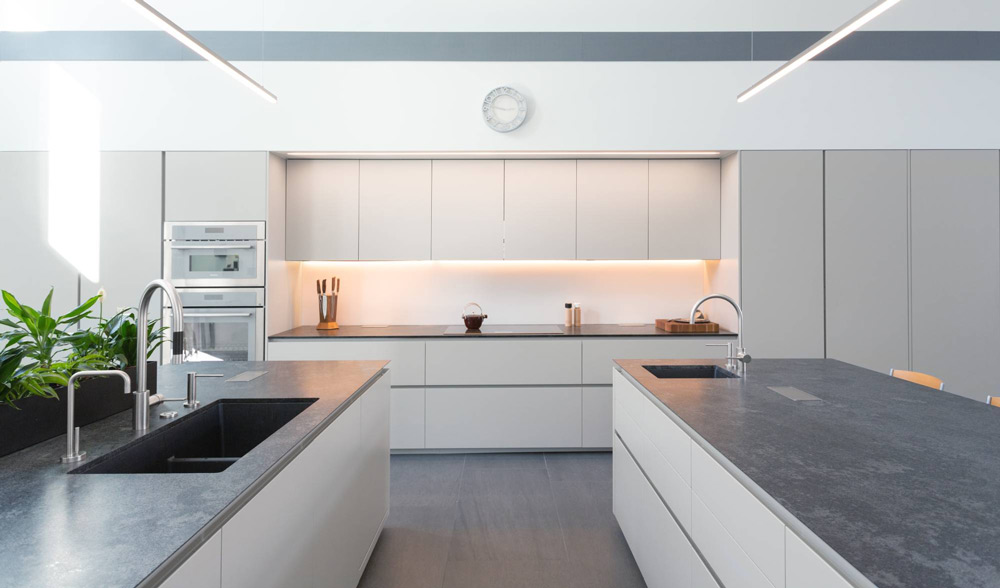Introduction: Construction is one of the largest industries in the world, responsible for shaping the physical environment we live in. However, the construction industry has also been a significant contributor to environmental degradation and climate change. To address these challenges, a shift towards sustainable and resilient construction practices is essential. In this article, we will explore the future of construction and how it can contribute to a more sustainable and resilient world.
- Green Building Practices: Green building practices focus on reducing the environmental impact of construction by prioritizing energy efficiency, water conservation, and waste reduction. These practices include using sustainable building materials, optimizing building design for energy efficiency, and implementing waste management strategies. By incorporating green building practices, construction can become more sustainable and minimize its environmental footprint.
- Resilient Construction: As climate change and natural disasters become more frequent, resilient construction practices are crucial to ensure that buildings can withstand and recover from these events. Resilient construction includes measures such as designing buildings to withstand extreme weather conditions, incorporating backup power and water supply systems, and implementing emergency preparedness plans. Resilient construction not only protects buildings and their occupants but also reduces the costs of repairs and rebuilding after disasters.
- Digitalization and Automation: Digitalization and automation are transforming the construction industry, enabling more efficient and precise construction processes. Digital technologies such as Building Information Modeling (BIM) and 3D printing allow for more accurate design and construction, reducing waste and saving time and resources. Automation technologies such as drones and robots can be used for construction site inspections, material handling, and even construction itself, reducing the risk of accidents and improving safety.
- Sustainable Infrastructure: Sustainable infrastructure focuses on building infrastructure that is not only environmentally friendly but also socially and economically sustainable. This includes infrastructure that supports public transportation, reduces carbon emissions, and promotes economic growth. Sustainable infrastructure also considers the social and economic impact of construction projects on local communities, ensuring that they are inclusive and equitable.
Conclusion: The future of construction lies in sustainable and resilient practices that prioritize the environment, society, and the economy. By adopting green building practices, resilient construction, digitalization and automation, and sustainable infrastructure, the construction industry can contribute to a more sustainable and resilient world. It is up to all stakeholders, including contractors, designers, and policymakers, to work together towards this common goal and build a better future for generations to come












